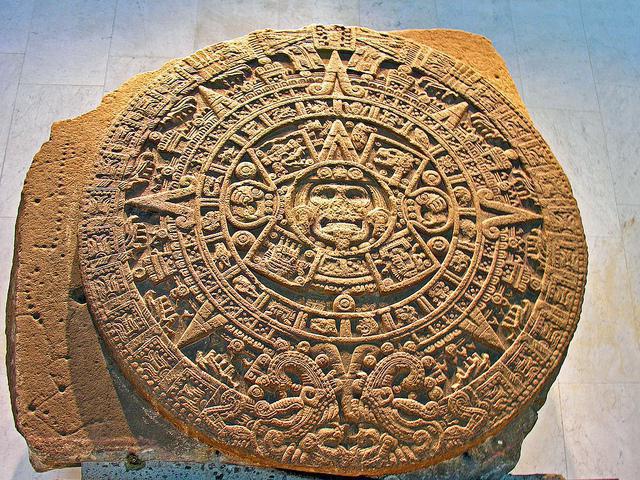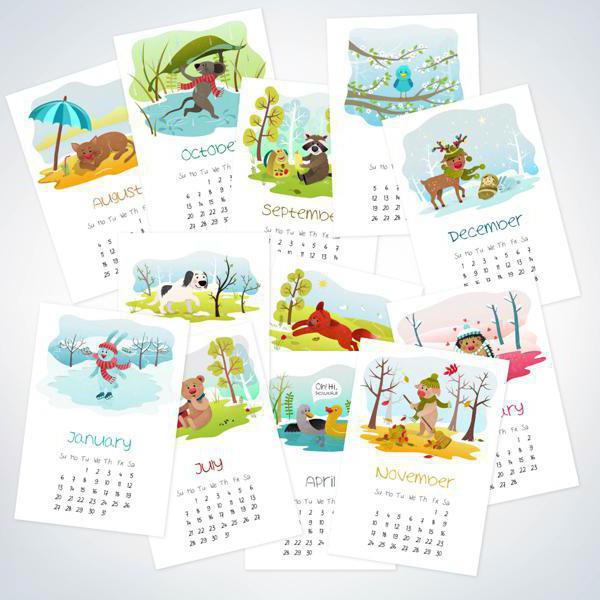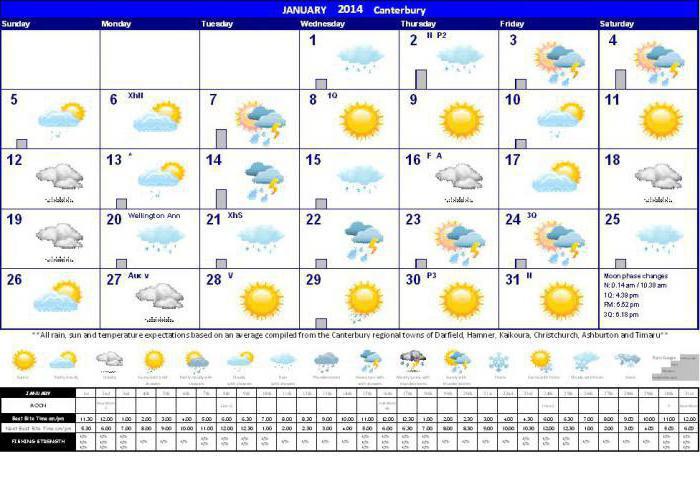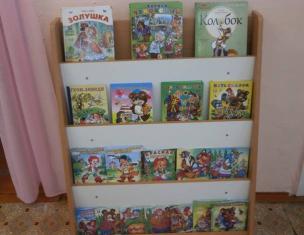Let's talk about what the calendar is what he represents. This word in his entire history had different meanings. The term itself comes from Latin Calendae. This is the first day of the month in ancient Rome. Later, the word Calendarium appeared - the debt book, in which at every day of the new month they were liabilities and interest on them. But in the Middle Ages, the word has already acquired a modern value.
Calendar: Definition and Brief Classification
So what is the calendar in our understanding? This is a kind of reference system for long periods of time with their division for more brief periods (year, month, week, day). The need to coordinate among themselves and the day led to the emergence of several calendar systems, or rather three:
- sunny calendar
- lunar,
- moon-sunny.
Sunny calendar was based on the rotation of the Sun, coordinating at the same time
Day and year. Lunny - on the movement of the moon, coordinating the day with the lunar
Month. An attempt was made to combine all these time intervals in the lunar and sunny calendar.

From the history of the calendar
And now we will make another little excursion in history. Calendar, showing the number, day of the week, month and allowing you to count how much time left to some important event, for the first time created in ancient Egypt. It was necessary for counting the number of days left to the Nile spill. To this date, they should prepare in advance: clean the channels, repair dams. For them it was extremely important. They do not delay the water, that would just go to the sea, and the harvest would have disappeared without moisture. The priests noticed that at the sky at dawn a very bright star appears. Now it is called Sirius. It was on this day that Neil began to break down. Then the Egyptians calculated that this star appears once every 365 days. These days they were divided into 12 intervals, each of which consisted of 30 days (now we call them months). The last 5 days they placed at the very end of the year. This species had a "progenitor" of our modern calendar.
Over time, the Egyptians understood that they made a mistake in counting. After all, after 4 years, Sirius was late for the whole day. And after eight years old on one ... they found out that the year has 365 days and another 6 hours. The difference seems to us completely small, but in 4 years the whole day runs. The Egyptians did not change their calendar. And only in 46 BC. e. The changes in their time system produced the Roman emperor Julius Caesar. After that, the calendar was called Julian. On him, each of the months of the year consisted of a different number of days (31, 30, and February - 28). To the shortest (February) once every 4 years added one day. Now we call such a year a leap. As you know, it is 366 days.
A modern calendar is a bit different from the ancient Egyptian and Juliansky, has its own nuances ... more thorough calculations allowed to determine the length of the year until seconds. It would seem what a trifle all these minutes and seconds. But for 400 years they came to three days. Consequently, the calendar again turned out to be inaccurate. And it was necessary to make adjustments.
In 1582, Grigory XII made his changes and called the calendar
Gregorian. There was time. For many years of discrepancies between Julian and amounted to as much as 13 days. Europe has moved to the presentation proposed by the Pope Roman. But Russia has long preference to Julian. In 1918, during the transition to a new calendar I had to remove 13 days at once. In Russia, it was January 31, and immediately came on February 14. And so far, in the description of the events of a hundred years ago, not one, but two dates - old and new style, often indicate. It should be noted that the current calendar, to which we are all accustomed, is also imperfect and contains your errors. It is about mistaken in one day, which accumulate for 3,300 years.
Calendar varieties
It should be noted that at present the calendar is not just a means of determining the day, year, month. It has wider use, which means that it should be several varieties. We all heard, for example, about children's calendars. And there is still church, astrological, meteorological, etc. We will briefly stop at each of them. And let's start, perhaps, from the child.
For the smallest
So let's see what a calendar for children will discuss what its purpose and a distinctive feature.

Children's development calendar helps parents to follow the growth and changes in the development of the baby: Is he sufficient enough in weight? What is his height? Are there any progress in motion development, psycho-emotional? How to deal with the child, what are the first toys to offer him? Each kid is individual, and therefore develops with its pace, and its achievements may not coincide with generally accepted standards. The task of calendars for children in this case is just to help navigate parents in the necessary parameters.
Watch the weather
It would be unfair in the process of our conversation to bypass and such varieties like astrological, religious, weather calendars. The first two types are well known for us. But the question of weather calendars should be studied more carefully. The story of their occurrence itself is interesting. So let's look at what the weather calendar is and why it is needed.
His appearance is due to the first necessity of people to systematize
His observations for weather phenomena. The calendar recorded information about meteo conditions on different days of the year, months, seasons. By analogy with astrological, weather predicted the future state of nature. Such calendars were still in ancient Rome. Peak hobbies accounted for by the Middle Ages. In those days, the "Book of Nature" was even published (1340).

It is easy to imagine how difficult it is to calculate long-term forecasts.
Serve them only on the basis of ordinary will simply accept naive. But many weather calendars were drawn up in this way. And people believed in them. One of these was a centenary calendar. And it arose as follows. In the XVII century, Abbot Mauritius Knauer lived. After severe war between Protestants and Catholics
The lands were devastated and ruined. Agriculture has declined. Abbot Knauer was very concerned about this. The weather was also pleased. Snow and late frosts in the spring prevented sowing, the crops were crushed from the showers, the crop of the drought left the crop. Abbot Knauer began to keep the diary of the weather observations. Of course, he had no meteorological appliances. He just recorded his observations, gave subjective assessments. Holy Father mistakenly believed that the weather depends on bright shining. He tried to find regularities. Abbot produced his observations for 7 years. According to his calculations, the weather was to be repeated in the next seven years (by the number of heavenly luminaries, known at the time). However, afterwards he was convinced that his forecasts were not justified. Failure, Abbot stopped leading his own observation diary. However, on their basis, he still issued a book-guide for monasteries on agriculture.
Years passed, and the records of the Abbot fell to the doctor's astrologer Helvigu. And he, using them, published a calendar of the weather for a hundred years, the so-called centenary calendar. Of course, he was anti-scientific. But used throughout Germany. And in translations spread throughout Europe. The scope of its application was quite wide, sometimes the forecasts even coincided. And about unreasonable "predictions" people quickly forgot ...
Well, we looked at what a calendar is, as he appeared, remembered which there exists today its varieties. We hope the information was useful to you, and you have learned a lot of new and interesting for yourself.








